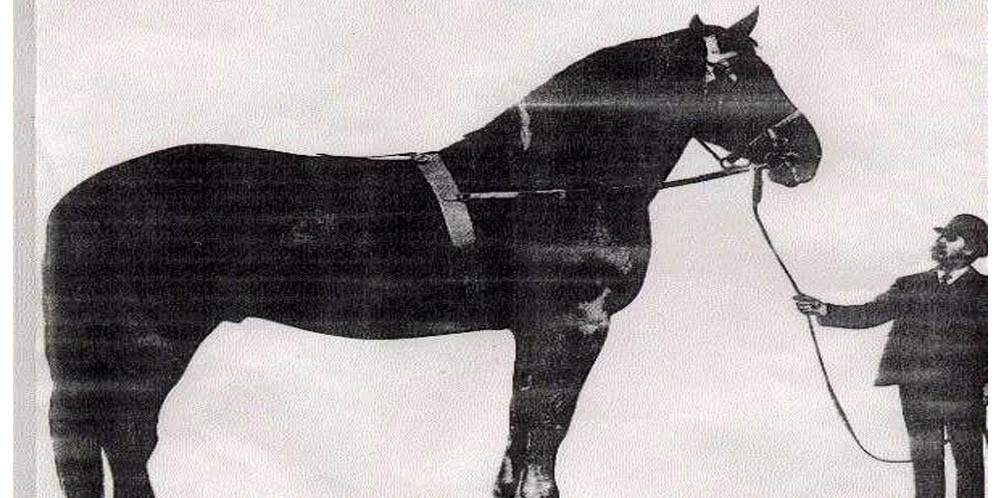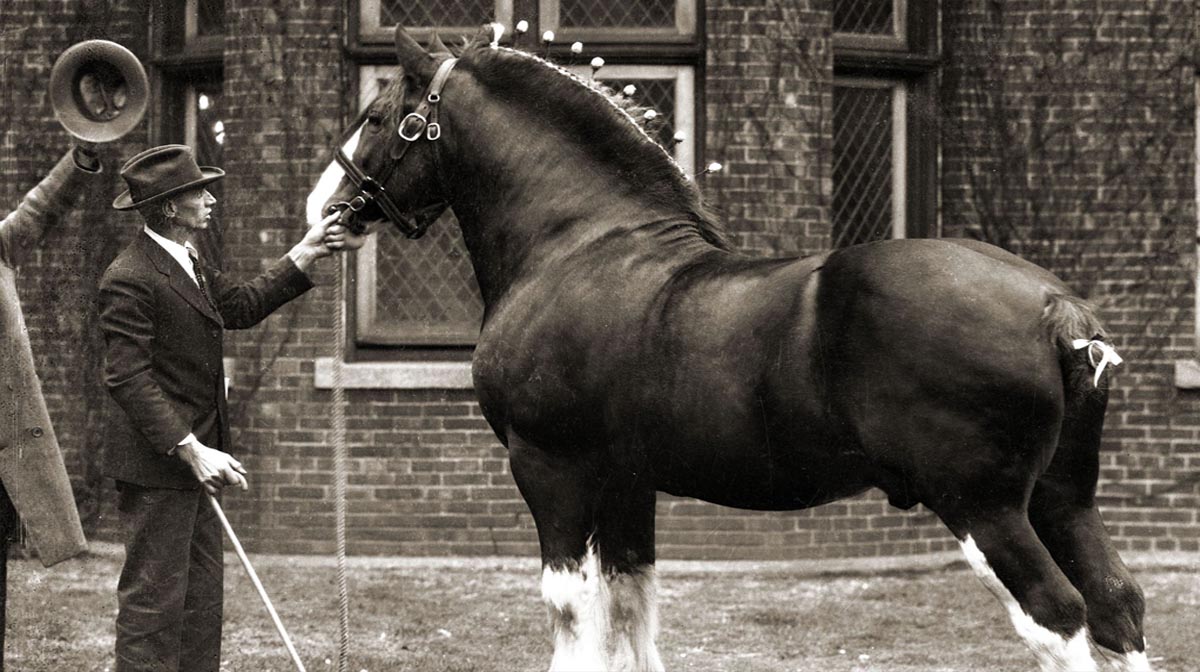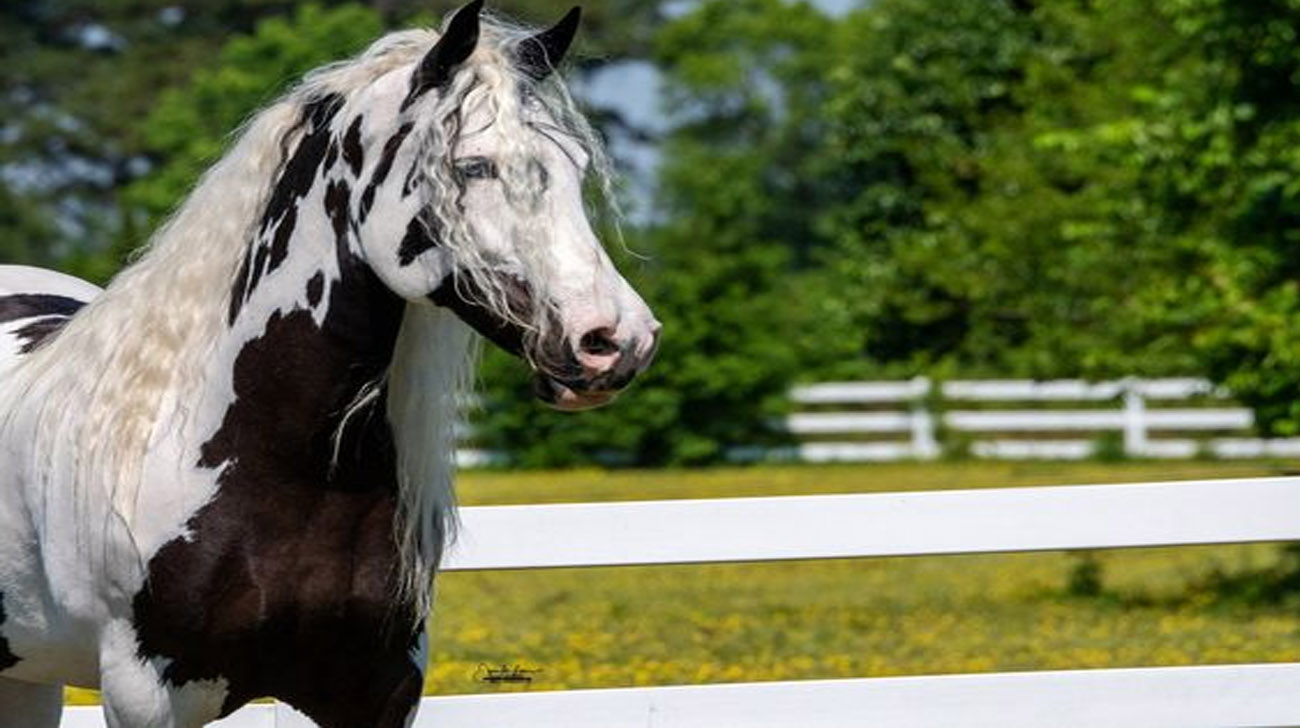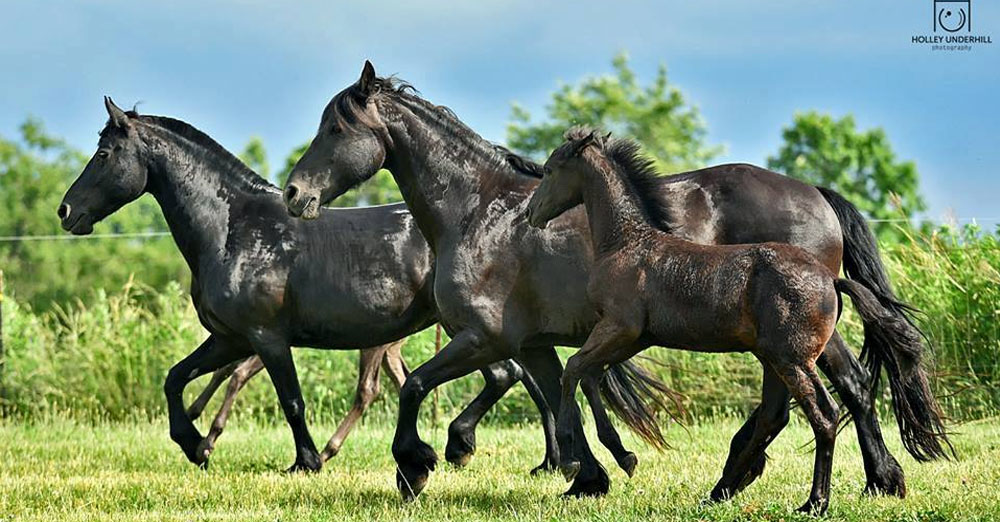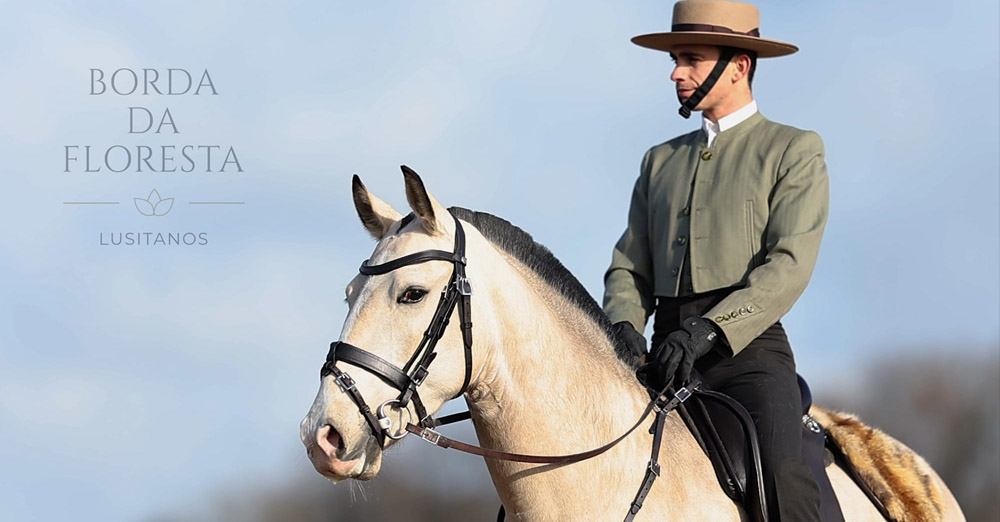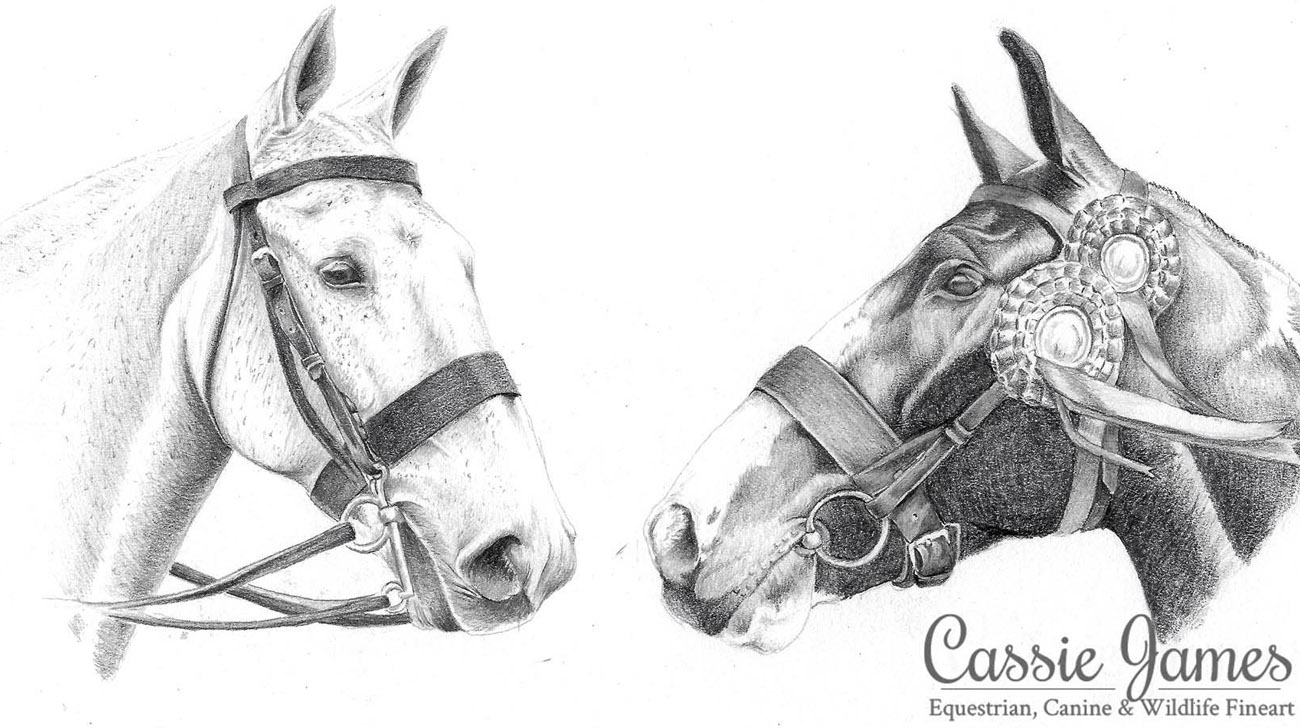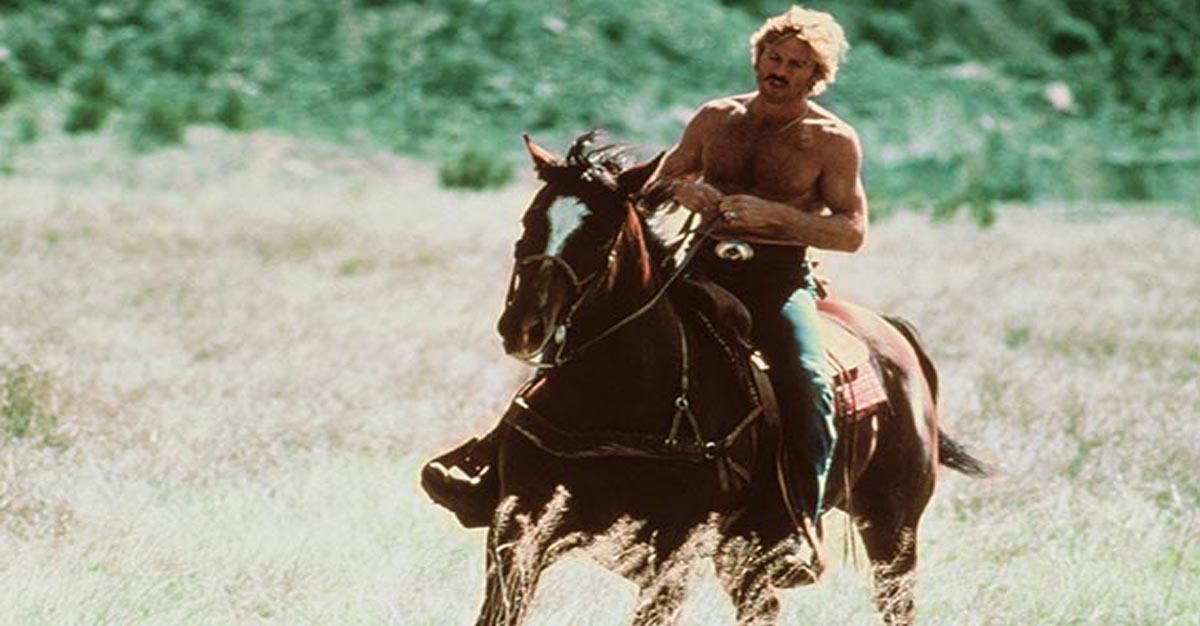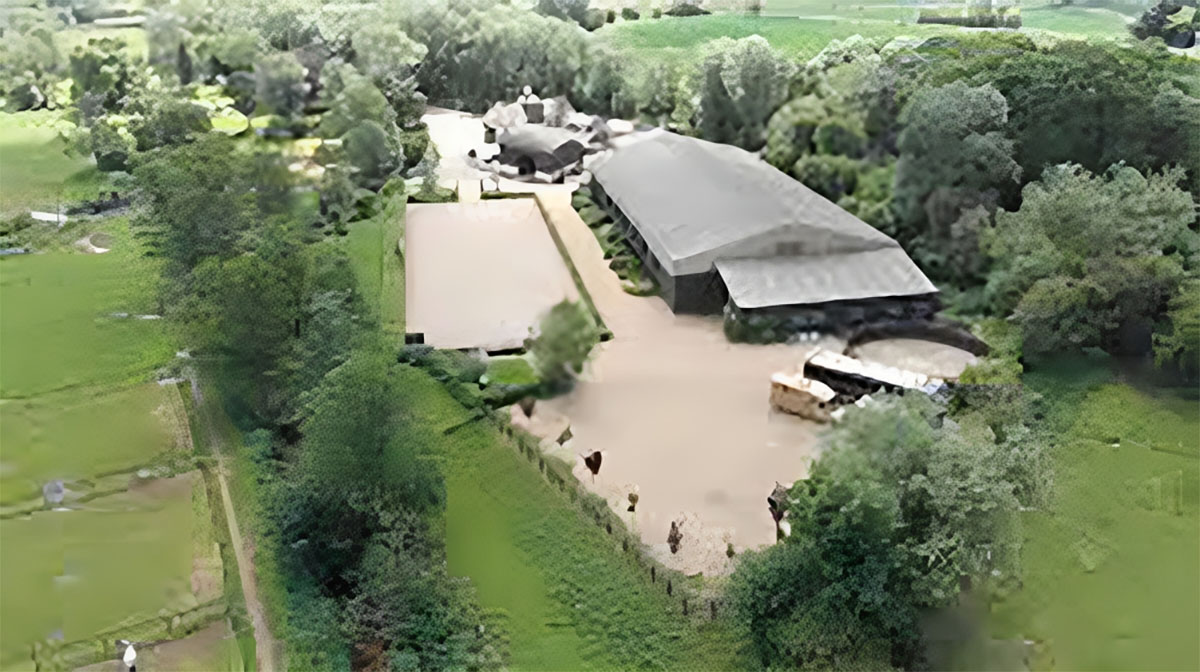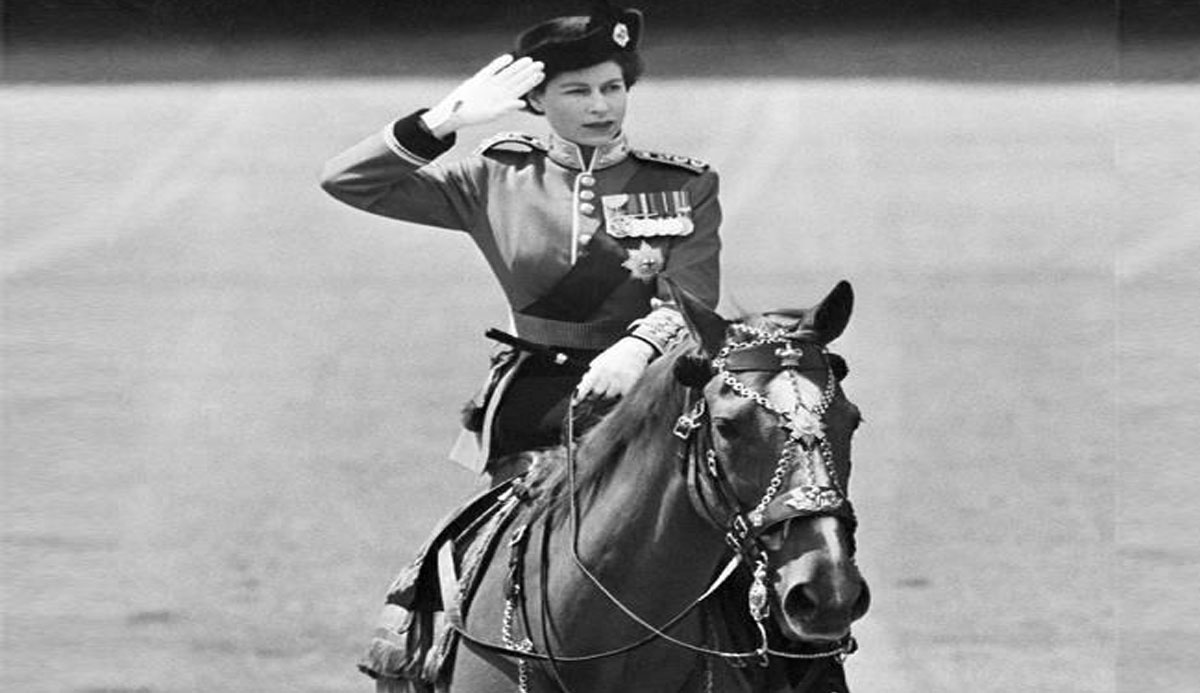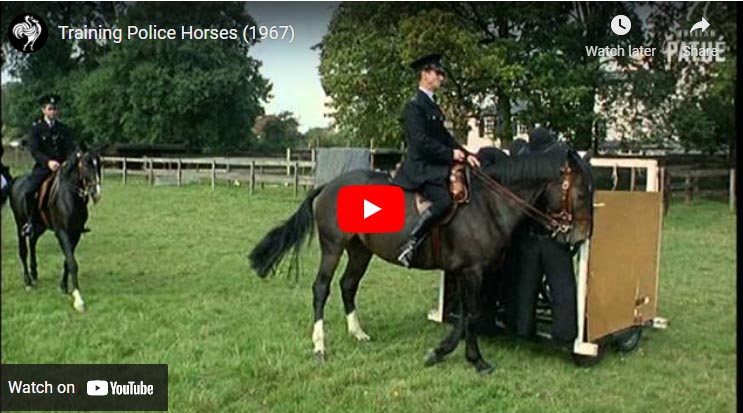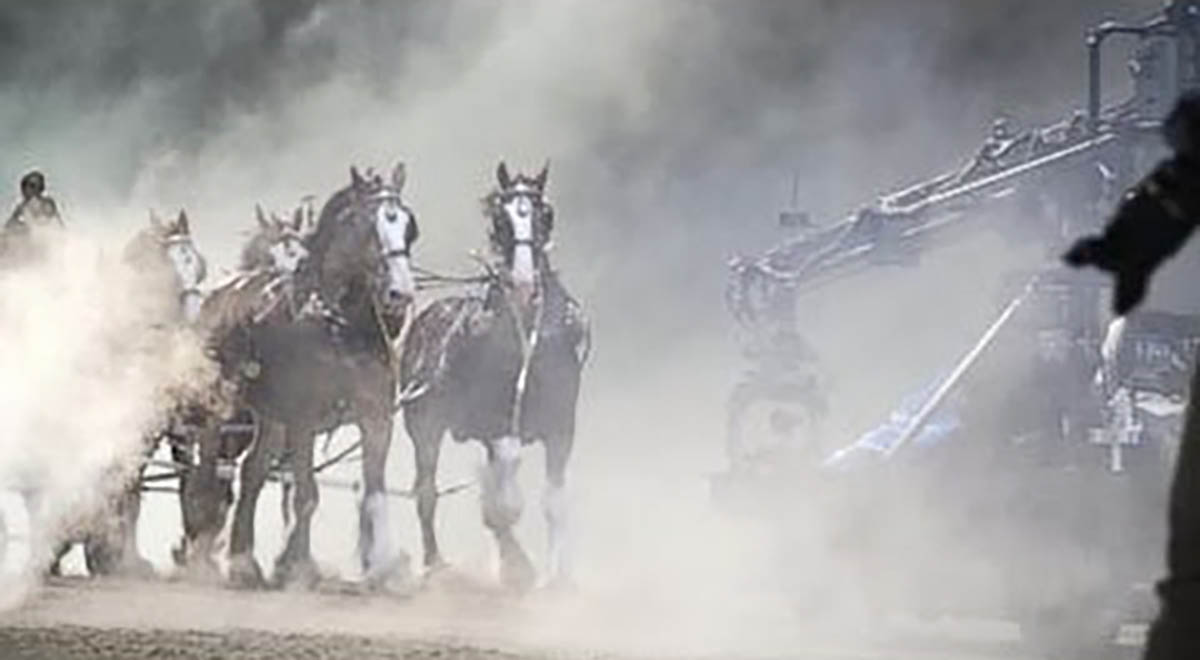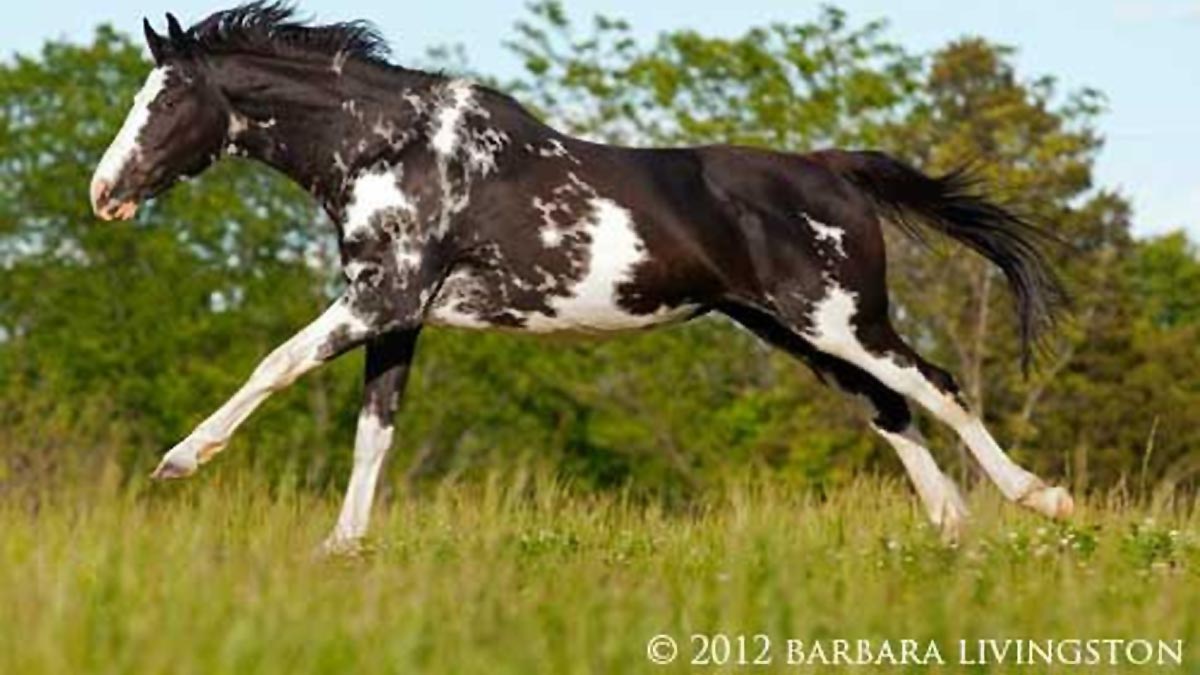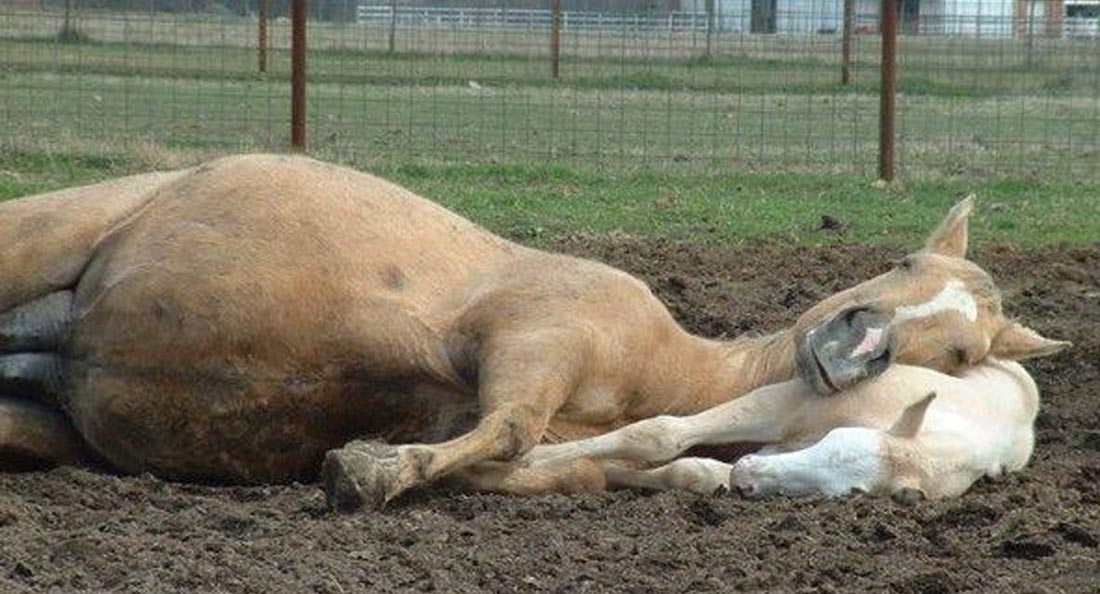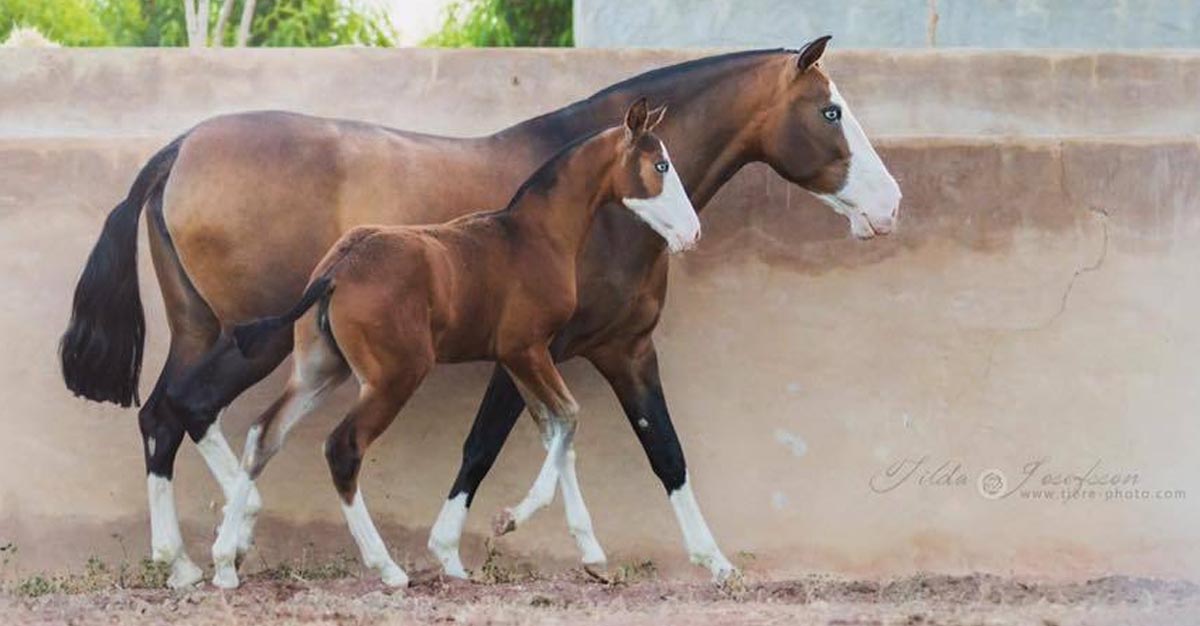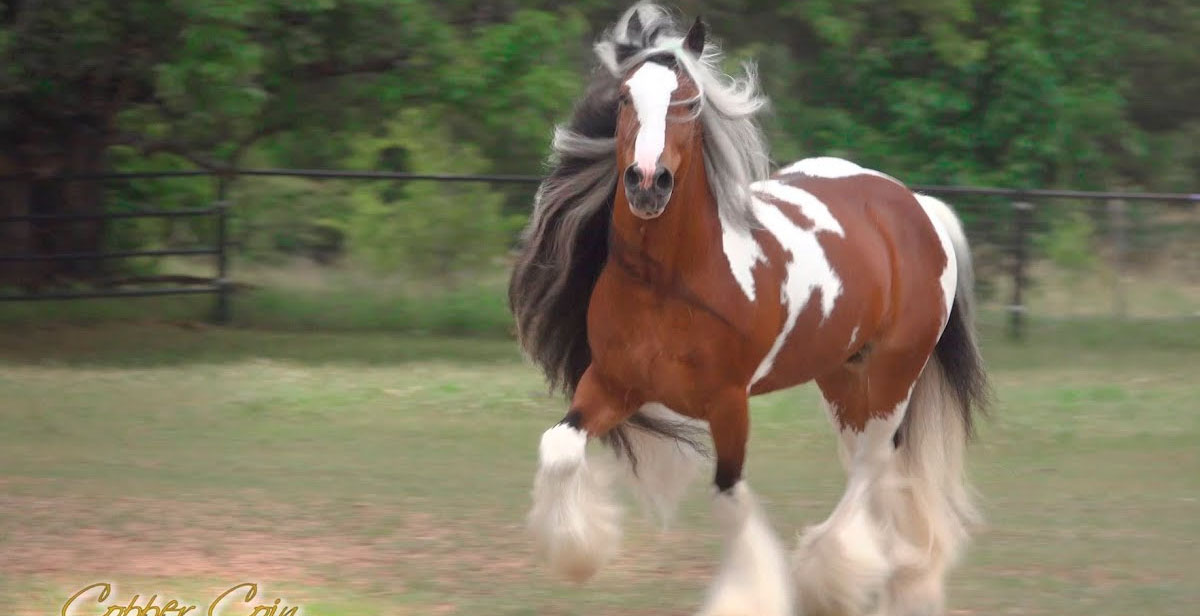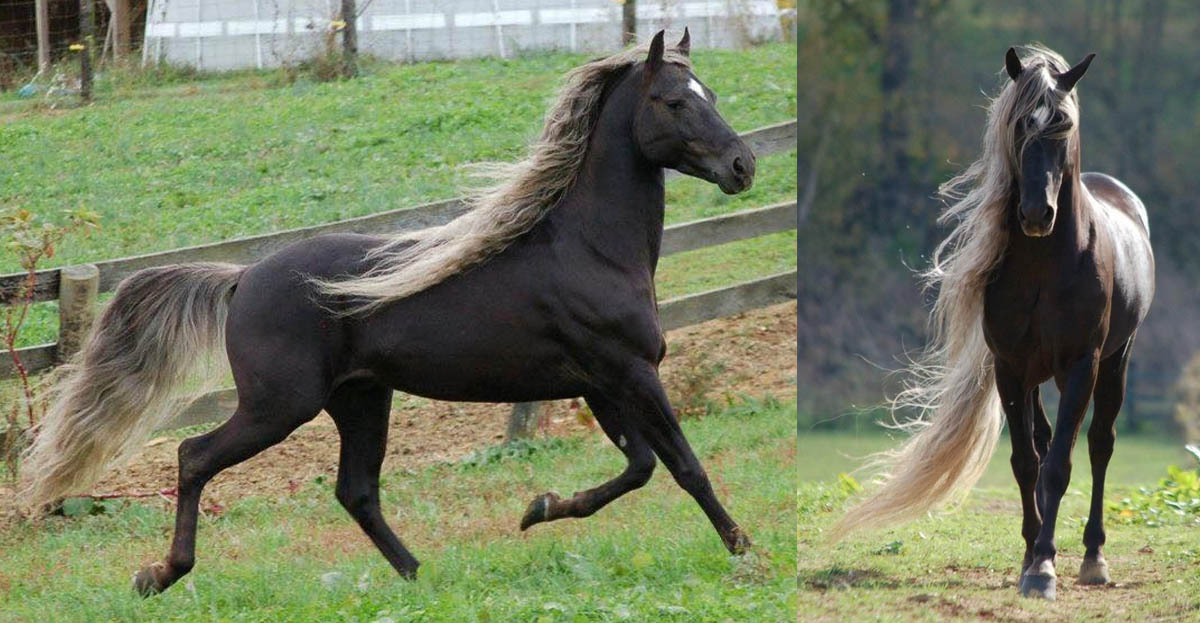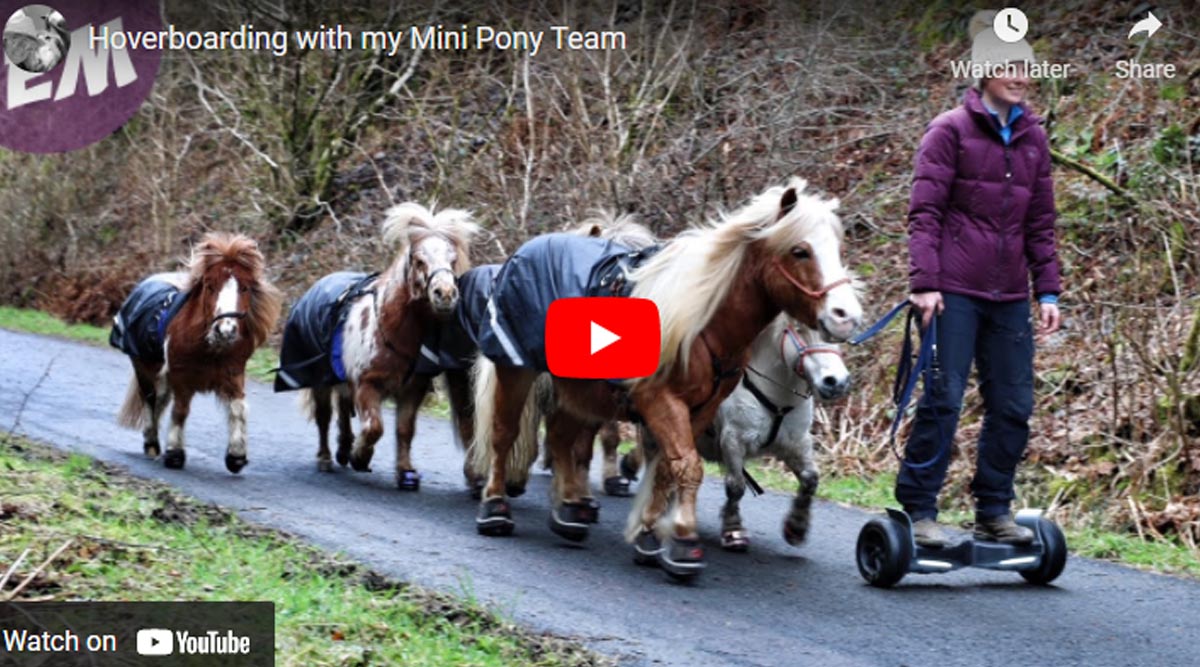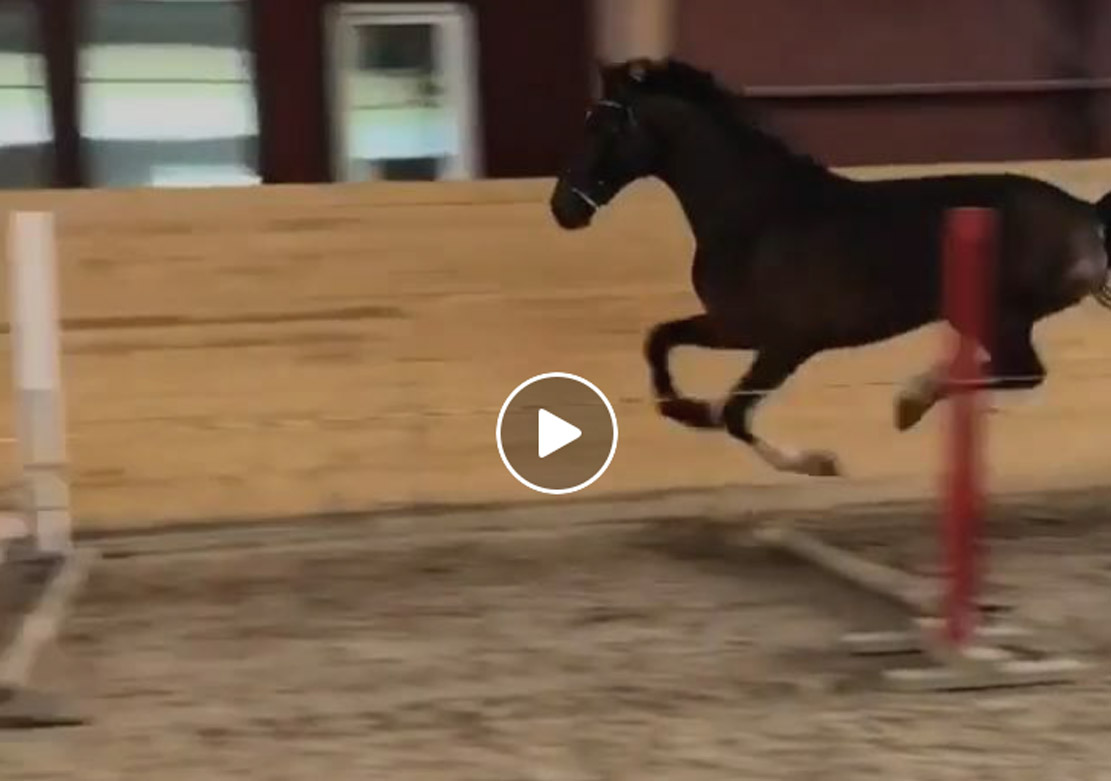Automatic Horse Waterer
Automatic Horse Waterer, what benefits come with this piece of horse care equipment? As with any advancement that relieves us of time consuming duties, we should consider the possibility of incorporation into our daily horse care routine. Having the opportunity to utilize several different styles of automatic horse waterers, horse water buckets, and horse water tanks, I have learned valuable pros and cons for not only the types of horse waterers, but also successfully and safely watering horses of various horse age, horse occupation, horse health issue, and location.
 Second only to oxygen, water is the most essential element of survival. Vital for daily horse care, as the horse`s body contains up to 75% water, it also works as prevention for many horse health problems such as horse colic, and horse choke. Choosing a water source that is reliable and safe cannot be taken lightly.
Second only to oxygen, water is the most essential element of survival. Vital for daily horse care, as the horse`s body contains up to 75% water, it also works as prevention for many horse health problems such as horse colic, and horse choke. Choosing a water source that is reliable and safe cannot be taken lightly.
How to water horses properly and efficiently starts with a good quality water source. Whether you use surface water or ground water, you should know the quality of your drinking water. Your water server can provide you with an annual water quality report. Your local county health department can also test samples of your water. An online search of your local water information will provide several more options for water testing.
Figure that 1 gallon of water is needed for each 100 lbs. of body weight, per horse, per day. An adult horse of 1,000 lbs. requires a daily minimum of 10 gallons of good quality water. This amount will change drastically, increasing by 2 or 3 times that amount with warmer climate, increased activity, and lactation.
Depending on a pond or stream that happens to be in the horse pasture is not a good idea. In fact, sturdy horse fence around a pond to keep the horses out is highly recommended. This water source is not good quality and actually dangerous for several reasons. Who knows what is in pond water, would you drink it? Trying to pull a horse from a mud bog, or out of ice that he/she has fallen thru is a horrible experience for all involved. The water of creeks and streams can be filled with a variety of unhealthy contaminates or just plain dry up. It is best to choose a water source that is under your management.
Automatic horse waterers, an excellent option, will initially be more expensive to purchase and install. However, if done properly, the labor and time that is saved watering horses multiple times daily is worth it in the long run. Knowing that your horses have a plentiful supply of fresh, temperate water, available at all times, barring any equipment malfunction, offers great peace of mind.
Automatic horse waterers come in a variety of styles. These include open face, lid covered, paddle operated, and ball float styles. There are single units, or multiple units that may be positioned in the dividing horse fence to serve two horse pastures at once. Smaller versions are available for installation in a horse stall. Most are designed to avoid freezing during the cold weather months and provide cool water for horses in the warm weather seasons. In fact, it has been found that horses will drink more water that is at a temperate 60-70 degrees Fahrenheit than cold water.
Electric powered and non-electric automatic horse waterers are available. If choosing an electric powered automatic waterer with a heater you must be sure to monitor the thermostat to avoid water that is hot. Also, remember that if your electric power goes out, so does your electric powered horse waterer, unless you have a back up generator in place. This is especially troublesome if you are watering large numbers of horses in different pastures.
There are styles that will inhibit the access of birds, small animals, or insects, thus reducing the spread of dangerous diseases such as EPM and West Nile Virus.
While they offer great benefits, automatic horse waterers are not without some disadvantages. Automatic waterers can leak, or run over, and if not discovered quickly can flood a horse stall in no time. On the other end of this disadvantage spectrum is the occasion that the automatic horse waterer has gotten off balance for whatever reason and does not produce any water for your horse. With an automatic waterer it is difficult to gauge the amount of water your horse is drinking.
Horses that are new to a particular style of automatic waterer may need help at first to understand how to get at the water. For example, automatic waterers with a lift up lid are often difficult for some, especially foals. Mares will teach their baby horses were the water is located, but if a lid keeps falling on their face it can be a deterrent. I found that by pulling the pin that holds the lid in place and turning the lid over, it will leave an opening that allows the water to be accessed more easily and with less intimidation at first. (This is especially important during weaning.) Once everyone has learned how to get to the water the lid can be replaced to the proper position to keep out small animals and insects. Ball float style waterers must be checked often during freezing weather as sometimes the ball can get displaced due to ice build up around the ball inhibiting proper placement of the ball to avoid further freezing.
Automatic horse waterers should either be flush with a fence or within the fence if two separate horse pastures will be sharing the waterer. Otherwise, be sure to locate the automatic waterer in an open area that offers easy access for multiple horses, leaving plenty of room between the waterer and a fence, or any other structure that could trap a horse. Installing the automatic waterer on a concrete pad will avoid problems such as erosion of the ground surface surrounding the waterer. If this is not possible, a gravel bed is another option. Placing the equine waterer in the area of the feed pans and horse hay feeders in the pasture will induce more consistent water intake.
Though these horse waterers will be of great service most of the time, you still need to regularly check and maintain these units to reap the benefits they have to offer. Cleaning will need to be done periodically. Often, I will find a waterer in the pasture that needs scrubbing. A handful of hay or freshly picked grass will serve as a disposable scrub brush that works very well. Horse water buckets and horse water tanks can be cleaned equally well the same way. For more stubborn debris, a handful of gravel from the driveway swirled around inside is a good alternative if you are without a scrub brush.
It must be recognized that multiple horses sharing an automatic waterer is cause to monitor that each equine gets access to the water and is allowed to drink their fill. An aggressive horse that is stalled next to a more timid horse, with the automatic horse waterer being located on the adjoining stall wall, may inhibit adequate drinking of the timid horse. This is also common with mares that have just foaled as they will often be over protective of the foal and if the horse in the next stall is visible, the mare may stay away from the automatic waterer or injure the foal in a protective measure while drinking as the neighbor looks on. With their decreasing agility and willingness to drink an adequate amount of water, geriatric horses are more inclined to dehydration and horse choke, these issues warrant having their water source close at hand without competition from aggressive pasture mates.
However you choose to water horses, there can be non-threatening times that their water intake will decrease. This usually occurs if your pasture horses have lush forage to graze, or you are feeding water soaked hay.
Successful horse care often requires incorporation of several types of water sources for specific needs. Horse water buckets and horse water tanks have been used for ages, both serving their purpose quite well. Having to manually fill a water bucket or water tank daily will allow you to monitor the water intake of your horse. This information can be crucial if managing equine illness or horse injury. Having to water daily also provides opportunity to see and check each horse multiple times daily. Both horse water buckets and horse water tanks must be positioned in such a manner that they are easily and safely accessed but not tipped over, stepped into, or a manure receptacle.
Your horse`s water needs and sources may change occasionally. Consider all the choices, including an automatic horse waterer.

 Second only to oxygen, water is the most essential element of survival. Vital for daily horse care, as the horse`s body contains up to 75% water, it also works as prevention for many horse health problems such as horse colic, and horse choke. Choosing a water source that is reliable and safe cannot be taken lightly.
Second only to oxygen, water is the most essential element of survival. Vital for daily horse care, as the horse`s body contains up to 75% water, it also works as prevention for many horse health problems such as horse colic, and horse choke. Choosing a water source that is reliable and safe cannot be taken lightly.How to water horses properly and efficiently starts with a good quality water source. Whether you use surface water or ground water, you should know the quality of your drinking water. Your water server can provide you with an annual water quality report. Your local county health department can also test samples of your water. An online search of your local water information will provide several more options for water testing.
Figure that 1 gallon of water is needed for each 100 lbs. of body weight, per horse, per day. An adult horse of 1,000 lbs. requires a daily minimum of 10 gallons of good quality water. This amount will change drastically, increasing by 2 or 3 times that amount with warmer climate, increased activity, and lactation.
Depending on a pond or stream that happens to be in the horse pasture is not a good idea. In fact, sturdy horse fence around a pond to keep the horses out is highly recommended. This water source is not good quality and actually dangerous for several reasons. Who knows what is in pond water, would you drink it? Trying to pull a horse from a mud bog, or out of ice that he/she has fallen thru is a horrible experience for all involved. The water of creeks and streams can be filled with a variety of unhealthy contaminates or just plain dry up. It is best to choose a water source that is under your management.
Automatic horse waterers, an excellent option, will initially be more expensive to purchase and install. However, if done properly, the labor and time that is saved watering horses multiple times daily is worth it in the long run. Knowing that your horses have a plentiful supply of fresh, temperate water, available at all times, barring any equipment malfunction, offers great peace of mind.
Automatic horse waterers come in a variety of styles. These include open face, lid covered, paddle operated, and ball float styles. There are single units, or multiple units that may be positioned in the dividing horse fence to serve two horse pastures at once. Smaller versions are available for installation in a horse stall. Most are designed to avoid freezing during the cold weather months and provide cool water for horses in the warm weather seasons. In fact, it has been found that horses will drink more water that is at a temperate 60-70 degrees Fahrenheit than cold water.
Electric powered and non-electric automatic horse waterers are available. If choosing an electric powered automatic waterer with a heater you must be sure to monitor the thermostat to avoid water that is hot. Also, remember that if your electric power goes out, so does your electric powered horse waterer, unless you have a back up generator in place. This is especially troublesome if you are watering large numbers of horses in different pastures.
There are styles that will inhibit the access of birds, small animals, or insects, thus reducing the spread of dangerous diseases such as EPM and West Nile Virus.
While they offer great benefits, automatic horse waterers are not without some disadvantages. Automatic waterers can leak, or run over, and if not discovered quickly can flood a horse stall in no time. On the other end of this disadvantage spectrum is the occasion that the automatic horse waterer has gotten off balance for whatever reason and does not produce any water for your horse. With an automatic waterer it is difficult to gauge the amount of water your horse is drinking.
Horses that are new to a particular style of automatic waterer may need help at first to understand how to get at the water. For example, automatic waterers with a lift up lid are often difficult for some, especially foals. Mares will teach their baby horses were the water is located, but if a lid keeps falling on their face it can be a deterrent. I found that by pulling the pin that holds the lid in place and turning the lid over, it will leave an opening that allows the water to be accessed more easily and with less intimidation at first. (This is especially important during weaning.) Once everyone has learned how to get to the water the lid can be replaced to the proper position to keep out small animals and insects. Ball float style waterers must be checked often during freezing weather as sometimes the ball can get displaced due to ice build up around the ball inhibiting proper placement of the ball to avoid further freezing.
Automatic horse waterers should either be flush with a fence or within the fence if two separate horse pastures will be sharing the waterer. Otherwise, be sure to locate the automatic waterer in an open area that offers easy access for multiple horses, leaving plenty of room between the waterer and a fence, or any other structure that could trap a horse. Installing the automatic waterer on a concrete pad will avoid problems such as erosion of the ground surface surrounding the waterer. If this is not possible, a gravel bed is another option. Placing the equine waterer in the area of the feed pans and horse hay feeders in the pasture will induce more consistent water intake.
Though these horse waterers will be of great service most of the time, you still need to regularly check and maintain these units to reap the benefits they have to offer. Cleaning will need to be done periodically. Often, I will find a waterer in the pasture that needs scrubbing. A handful of hay or freshly picked grass will serve as a disposable scrub brush that works very well. Horse water buckets and horse water tanks can be cleaned equally well the same way. For more stubborn debris, a handful of gravel from the driveway swirled around inside is a good alternative if you are without a scrub brush.
It must be recognized that multiple horses sharing an automatic waterer is cause to monitor that each equine gets access to the water and is allowed to drink their fill. An aggressive horse that is stalled next to a more timid horse, with the automatic horse waterer being located on the adjoining stall wall, may inhibit adequate drinking of the timid horse. This is also common with mares that have just foaled as they will often be over protective of the foal and if the horse in the next stall is visible, the mare may stay away from the automatic waterer or injure the foal in a protective measure while drinking as the neighbor looks on. With their decreasing agility and willingness to drink an adequate amount of water, geriatric horses are more inclined to dehydration and horse choke, these issues warrant having their water source close at hand without competition from aggressive pasture mates.
However you choose to water horses, there can be non-threatening times that their water intake will decrease. This usually occurs if your pasture horses have lush forage to graze, or you are feeding water soaked hay.
Successful horse care often requires incorporation of several types of water sources for specific needs. Horse water buckets and horse water tanks have been used for ages, both serving their purpose quite well. Having to manually fill a water bucket or water tank daily will allow you to monitor the water intake of your horse. This information can be crucial if managing equine illness or horse injury. Having to water daily also provides opportunity to see and check each horse multiple times daily. Both horse water buckets and horse water tanks must be positioned in such a manner that they are easily and safely accessed but not tipped over, stepped into, or a manure receptacle.
Your horse`s water needs and sources may change occasionally. Consider all the choices, including an automatic horse waterer.




